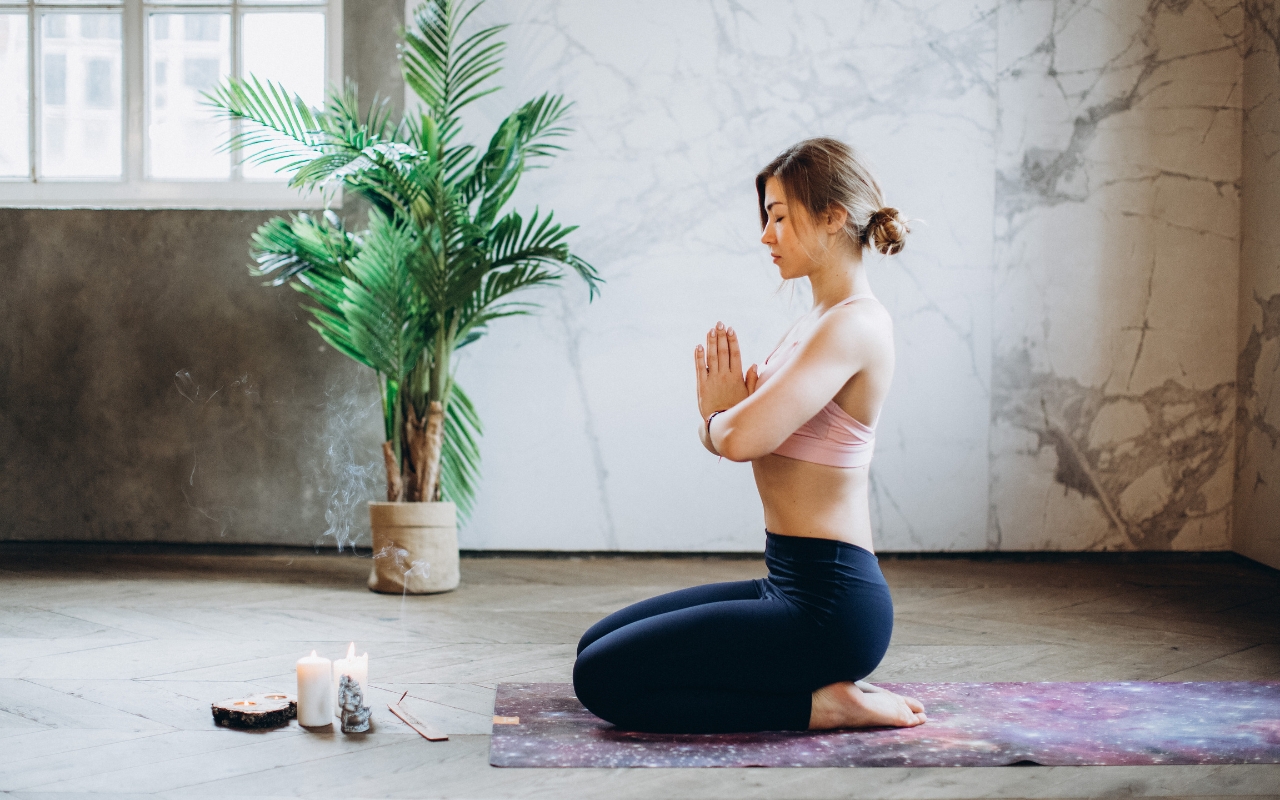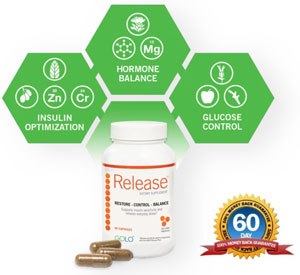Health
What are the health benefits of yoga?
Published
2 years agoon
By
mbkteam
Yoga, a practice that dates back thousands of years, has gained global popularity as a holistic approach to health and wellness. In ancient India, yoga combines physical postures, breathing techniques, and meditation to promote overall well-being. In today’s fast-paced world, the benefits of integrating yoga into daily life have become more relevant than ever. This article delves into the comprehensive benefits of yoga, supported by scientific evidence and expert opinions, providing a detailed guide to why yoga could be a transformative practice for both body and mind.
The primary objective of yoga is to foster strength, awareness, and harmony in both the mind and body. According to Natalie Nevins, DO, a board-certified osteopathic family physician and certified Kundalini Yoga instructor, “The purpose of yoga is to build strength, awareness, and harmony in both the mind and body.” This emphasis on holistic health aligns well with the osteopathic approach to wellness, which focuses on the body's natural tendency toward health and self-healing.
One of the most striking aspects of yoga is its accessibility. Regardless of your fitness level or experience, a type of yoga can meet your needs. From gentle forms like Hatha and Restorative Yoga to more vigorous styles such as Vinyasa and Ashtanga Yoga, everyone can find a yoga practice that suits their physical capabilities and personal preferences.
Physical Health Benefits of Yoga
Enhancing Flexibility and Strength
One of the most notable benefits of yoga is the improvement in flexibility. Regular yoga stretches and elongates muscles, increasing the range of motion in the joints. Poses like the downward-facing dog, the pigeon pose, and the warrior series can significantly enhance flexibility. But yoga goes beyond just stretching. It also helps build muscle strength. Strength-building poses, such as the plank, chair pose, and various balancing postures, engage different muscle groups and contribute to overall muscle tone, making yoga a comprehensive workout.
Boosting Cardiovascular Health
Yoga's impact on the cardiovascular system is profound and multifaceted. Through various breathing techniques and postures, yoga can improve heart rate variability, arterial pressure, and overall heart function. A review in the Journal of Ayurveda and Integrative Medicine highlighted that yogic breathing, or pranayama, can improve cardiovascular health by influencing the brain's cardiorespiratory center, leading to favorable changes in heart rate and stroke capacity. These benefits make yoga an excellent complementary practice for those looking to enhance their cardiovascular health source.
Improving Bone Health
Yoga's benefits extend to bone health as well. Many yoga postures are isometric contractions, meaning the muscle length remains constant while holding the pose. This type of exercise has been shown to increase bone density. For instance, poses like Warrior II and Plank Pose engage muscles without shortening or lengthening them, which can help reverse bone loss associated with conditions like osteopenia and osteoporosis. A study found that practicing yoga for just 12 minutes a day can significantly improve bone health, although more research is needed to draw firm conclusions about its efficacy source.
Mental Health Benefits of Yoga
Reducing Stress and Anxiety
Yoga is renowned for its stress-relieving properties. Combining physical movement, controlled breathing, and meditation helps calm the nervous system and reduce stress hormones. Even as short as 20 minutes, a yoga session can profoundly impact mood and mental clarity. Practices such as yoga nidra, which involves guided relaxation, are particularly effective in alleviating anxiety symptoms and promoting deep relaxation. Additionally, mindfulness practices integrated into yoga can help individuals become more aware of their thoughts and emotions, fostering a sense of inner peace and resilience.
Improving Sleep Quality
Insomnia and poor sleep quality are common issues in modern society. Yoga can significantly improve sleep disorders by promoting relaxation and reducing stress. Practices that involve deep breathing and gentle, restorative poses help calm the mind and prepare the body for restful sleep. Research has shown that yoga nidra, a type of guided meditation, is especially effective in improving sleep quality and duration by helping individuals relax and achieve a meditative state source. By incorporating a few yoga poses into your bedtime routine, you can enhance your ability to fall asleep and stay asleep.
Enhancing Mental Clarity and Focus
Yoga has been found to stimulate brain function and boost energy levels. Various studies indicate that yoga can improve executive functions and brain activities related to goal-directed behavior and regulate emotional responses. For example, Hatha yoga has been shown to enhance mood and improve the brain's executive functions. Furthermore, yoga can help improve mental flexibility, task switching, and information recall, especially among older adults. This makes yoga a physical exercise and a powerful tool for maintaining cognitive health.
Yoga as a Complementary Therapy
Supporting Conventional Medical Treatments
Many people turn to yoga as a complementary therapy to conventional medical treatments to improve their quality of life. Evidence suggests that yoga can be beneficial for individuals with a variety of health conditions. For example, attending yoga classes twice a week during prostate cancer treatment may reduce fatigue and improve sexual and urinary function. Similarly, yoga can improve post-stroke balance and motor function, even when started six months or more after a stroke. Weekly yoga classes have also been shown to increase the quality of life for individuals with ulcerative colitis and reduce the activity of the disease source.
Incorporating yoga into the treatment plan for rheumatoid arthritis can also provide significant benefits. An eight-week intensive yoga course can help reduce physical and psychological symptoms and inflammation in people with rheumatoid arthritis. Early research on yoga's role in improving the quality of life in various conditions is promising. While more studies are needed, the evidence so far supports the integration of yoga into conventional medical treatment plans.
Practical Tips for Starting a Yoga Practice
Finding the Right Class
Starting yoga can feel daunting for beginners, but it doesn't have to be. The key is to find a class that suits your needs and abilities. If you're new to yoga, starting with a beginner's class is often helpful, where the instructor can guide you through the basics and ensure you're performing the poses correctly. Talking with the instructor beforehand about your expectations and physical limitations can also help tailor the experience to your needs. While you can learn yoga from books and videos, having an instructor can provide valuable feedback and support, making the learning process more enjoyable and influential.
Creating a Home Practice
If attending a class isn't feasible, creating a home practice is a viable alternative. Start with essential equipment, such as a yoga mat, a belt, cork bricks, and a bolster or cushion. These props can provide support and make poses more accessible, enhancing your comfort and enjoyment of the practice. Consistency is key, so incorporate yoga into your daily routine, even for just 20 minutes. Regular sessions can significantly improve flexibility, muscle tone, and mental focus, help manage stress, and enhance sleep quality.
Integrating Yoga into Your Fitness Routine
Yoga can complement other types of exercise. If you're trying to lose body fat or improve your overall fitness, integrating yoga with other forms of exercise can be beneficial. A balanced fitness routine might include yoga for flexibility and relaxation, strength training for muscle tone, and aerobic exercise for cardiovascular health. Combined, these different types of exercise can provide a comprehensive approach to physical well-being.
The Holistic Approach of Yoga
Yoga's holistic approach to wellness addresses both physical and mental health, aligning closely with the principles of osteopathic medicine. Osteopathic physicians, or DOs, focus on preventive medicine and practices that harness the body's ability to heal itself. Yoga’s emphasis on breathing, meditation, and posture aligns perfectly with this philosophy, making it a valuable tool for maintaining overall health.
Preventing Falls and Improving Mobility
For older adults, yoga can be particularly beneficial in preventing falls and improving mobility. The balance and strength developed through regular yoga can reduce the risk of falling while walking on uneven ground or turning quickly. This makes yoga an excellent option for seniors seeking independence and mobility. Yoga poses that focus on balance, such as tree pose or warrior III, can help enhance stability and coordination, reducing the likelihood of falls and related injuries.
Cultivating Mindfulness and Emotional Well-Being
Mindfulness is a central component of yoga, encouraging practitioners to connect their breath with their body and stay present in the moment. This focus on mindfulness can help alleviate symptoms of anxiety and depression, making yoga a powerful tool for emotional well-being. Deep belly and alternate nostril breathing (nadi shodhana) can help calm the mind and reduce stress. Meditation techniques and physical yoga practice provide a comprehensive mental wellness approach, fostering peace and clarity.
The Transformative Power of Yoga
The benefits of yoga are extensive and well-documented, making it a highly effective practice for enhancing physical and mental health. Whether you're just starting or have been practicing for years, yoga offers something for everyone. Its accessibility, versatility, and holistic approach make it a valuable addition to any wellness routine.
Incorporating yoga into your daily life doesn't require major changes or a significant time commitment. Even brief, consistent practices can yield substantial benefits, from improved flexibility and strength to enhanced mental clarity and stress reduction. By finding the type of yoga that suits your needs and preferences, you can unlock the transformative power of this ancient practice and embark on a journey toward excellent health and well-being.
Numerous resources are available to guide those interested in starting their yoga journey. Whether you join a local class or start a home practice, the key is to stay consistent and patient. Yoga's benefits are cumulative, and over time, you'll likely find that the practice enhances all aspects of your life, bringing a sense of balance, peace, and vitality.
In conclusion, yoga is more than just a physical exercise; it's a holistic practice that can profoundly impact your overall health. Integrating yoga into your routine allows you to enjoy improved physical fitness, mental clarity, and emotional well-being, making it a valuable investment in your long-term health and happiness.
External Links
- Learn more about the comprehensive benefits of yoga from Healthline.
- Discover the ways yoga can support conventional medical treatments at Medical News Today.
- Find tips for incorporating yoga into your daily routine from Mayo Clinic.
- Explore practical advice for starting a yoga practice at Women's Health.













